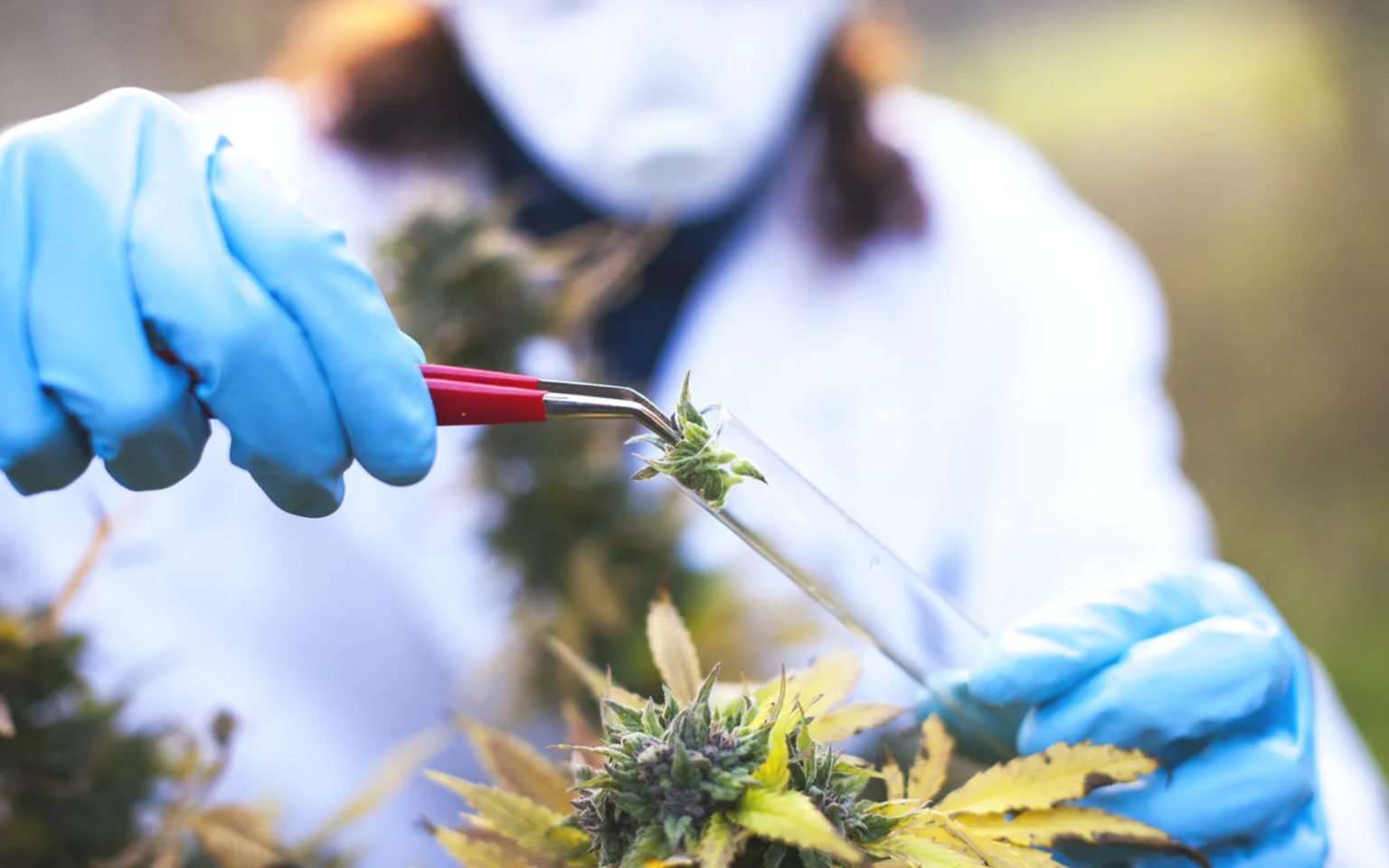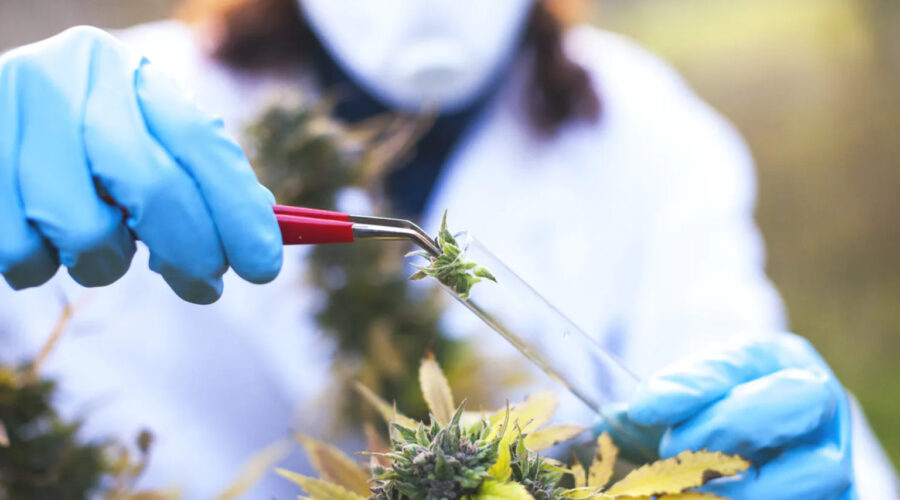
As more U.S. states and countries abolish marijuana prohibition, marijuana research has “increased steeply,” a new study finds.
The plant’s designation as a Schedule I drug under the Controlled Substances Act has prevented U.S. scientists from accessing and studying it (CSA).
The latest study, published last week in the Journal of Cannabis Research, gives an in-depth examination of marijuana’s scientific literature despite these restrictions.
From 1829 to 2021, almost 30,000 cannabis-related papers were published in 5,474 journals.
Since the 1960s, publishing volume has increased, with 2020 having the most.
Drug And Alcohol Dependence (706 papers), Addictive Behaviors (419), and the British Journal of Pharmacology have published the most marijuana research (356).
The scientists identified the most common phrases connected with study aims. “Medicine” was the most prevalent term, unsurprising given marijuana’s therapeutic potential.
The researchers ascribed the current uptick in cannabis studies to increased financing. Private and government funding has certainly risen.
This month, the government approved funds for academics to explore marijuana’s benefits and hazards for cancer patients.
Past bibliometric studies on cannabis research were limited to individual cannabinoids, the scientists stated. This latest effort was ambitious.
Bibliometric studies involve “quantitative examination of huge volumes of data to reflect big scope trends, such as journal performance and the demography of contributions.” The authors used Scopus and other databases.
According to the findings of the researchers, between the years 2000 and 2018, more than $1.5 billion in funding was allocated to research on cannabis.
Although the federal prohibition of marijuana has made it more difficult to conduct research on the substance, the fact that the researchers involved in this new endeavour were able to locate such a large number of studies casts doubt on a common argument made by advocates of the prohibition of marijuana. That is, before moving forward with legalisation or other initiatives to modify the rules now in place regarding marijuana, we need to conduct additional research.
In point of fact, the United States of America and other countries have conducted in-depth research on the dangers and potential advantages of marijuana across a wide range of scientific disciplines. The argument that more study is required before moving forward with reform does not necessarily take into consideration the vast amount of research that has already been carried out to this point. This is not to mean that there is a consensus on the overall health or policy implications of cannabis.
Having said that, the body of research that has been conducted to this point may be biassed against marijuana in the way that it frames its findings. This is a point that proponents of marijuana legalisation have frequently made in reference to research that is funded by the National Institute on Drug Abuse (NIDA), a federal agency whose name suggests that it seeks to identify the negative effects of substances rather than their positive effects.
To illustrate this argument, the authors of the new review pointed out, for instance, that “more cannabis research has concentrated on the hazards associated with the substance, as opposed to its medical applications, particularly in the United States.” They came to the conclusion that nearly half of the titles of the 30 journals that have published the most research on cannabis contain “harm-associated words,” such as “dependence,” “addictive/addiction,” “forensic,” “drug,” and “abuse.” These words can be found in publications that have published the most research on cannabis.
Having said that, it does appear that there has been a change in public opinion over the past few years in the United States, with more people favouring decriminalising cannabis than ever before.
As more states pass legislation legalising marijuana use, the National Institute on Drug Abuse (NIDA) has recently resumed its efforts to promote federally funded research into the drug. More specifically, the organisation has expressed an interest in research on the various cannabis regulatory models that are in place across the country.
As the push to legalise cannabis continues to spread, a number of federal health agencies have been working to strengthen cannabis science. For instance, in the year 2020, the National Center for Complementary and Integrative Health (NCCIH) brought attention to funding opportunities for research into the medicinal advantages of marijuana, with a particular emphasis on pain treatment.
NIDA is currently searching for additional partners who are able to offer marijuana for the purposes of study so that they can help support cannabis research.
Because the Drug Enforcement Administration (DEA) had refused to extend the number of approved producers, the National Institute on Drug Abuse (NIDA) has had only one direct supply of marijuana at the University of Mississippi over the past many decades. However, thanks to the agency’s decision to let new licensees, that monopoly has been broken up for good.
Studies have shown that the chemical makeup of the cannabis used by NIDA is more similar to that of hemp than it is to the marijuana that is available for purchase in commercial state markets. This could potentially skew the findings of any research that is conducted using the cannabis used by NIDA, which is why experts and lawmakers have been consistently complaining about the current and exclusive supply of marijuana that NIDA has been dependent upon.
When it comes to the obstacles that stand in the way of cannabis research, even the director of the National Institute on Drug Abuse (NIDA), Nora Volkow, has admitted that she is personally hesitant to go through the laborious process of obtaining approval to study Schedule I drugs like cannabis. There have been a number of questions directed at Volkow concerning research issues pertaining to cannabis, as well as the work that the agency is doing with regard to other substances, such as kratom and various psychedelics.
Even while it will continue to be difficult for researchers to study Schedule I substances in general, cannabis activists are optimistic that the DEA’s clearance of additional marijuana manufacturers would result in an increase in both the variety and quality of cannabis products.
As a result of the increased demand from the research community, the Drug Enforcement Administration (DEA) has been increasing the annual production quotas for marijuana and other drugs like psilocybin.
It was last year that Vice President Joe Biden gave his signature to a massive infrastructure bill that included provisions that were designed to make it possible for researchers to study the actual marijuana that consumers are purchasing from state-legal dispensaries rather than being required to use only cannabis that was grown by the government.
